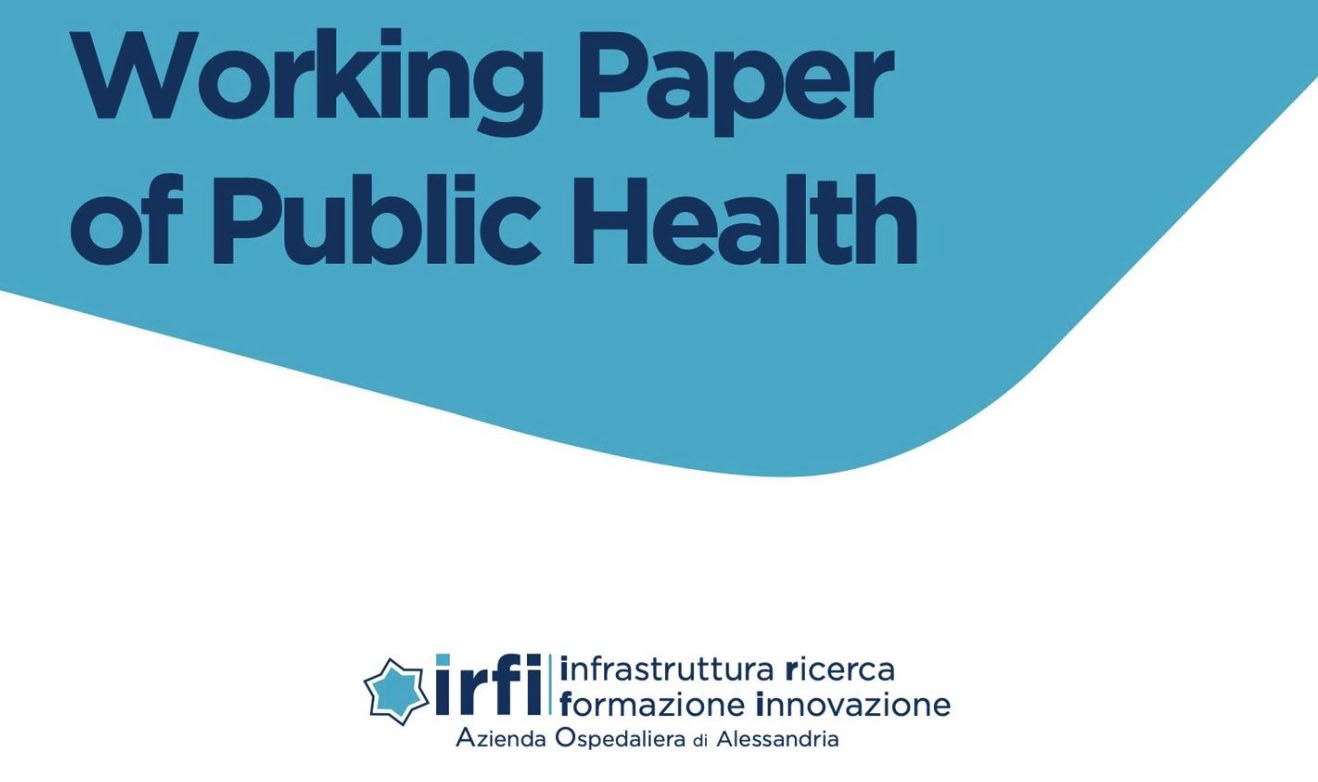Original Article(s)
15 June 2012
Vol. 1 (2012)
0
0
0
0
 Smart Citations
Smart Citations0
0
0
0
Citing PublicationsSupportingMentioningContrasting
See how this article has been cited at scite.ai
scite shows how a scientific paper has been cited by providing the context of the citation, a classification describing whether it supports, mentions, or contrasts the cited claim, and a label indicating in which section the citation was made.
Clinical Implications High Frequency Chest Wall Oscillation (HFCWO)
Supporting Agencies
How to Cite
Clinical Implications High Frequency Chest Wall Oscillation (HFCWO). (2012). Working Paper of Public Health, 1(1). https://doi.org/10.4081/wpph.2012.6776







